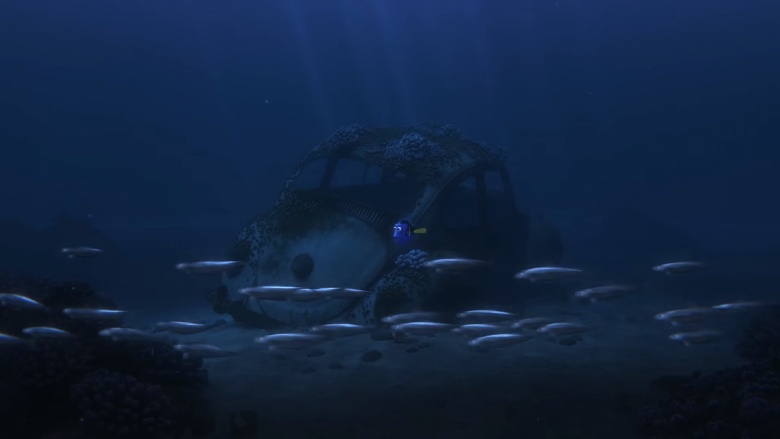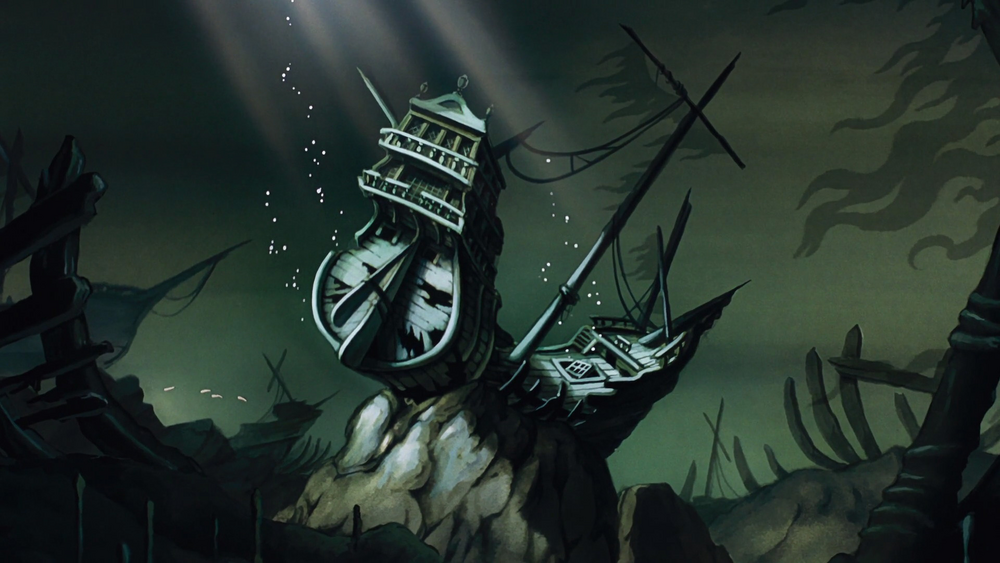When I write, I often listen to one genre on heavy rotation.
While I’m a pretty eclectic music lover overall, when writing in long
stretches, I most commonly turn to country. I grew up listening to country and
I find it calming. However, I’m not such a huge fan of newer country music.
There are exceptions, and finding an exception led me to this blog post.
A few months ago, I started working on my book heavily and I
wanted to find an album that would get me into the writing spirit. I usually
listen to older country music- Dolly Parton and Conway Twitty types of things-
but I wanted something new. So I googled “best country albums of 2016” and got
a nice list of country albums. I immediately nixed a few- but I came across one-
Sturgill Simpson’s Sea Stories- that
interested me. Obviously the title intrigued me, but the album also contained a
cover of Nirvana’s In Bloom which is terribly
satisfying. After listening to the album, I basically fell in love with two
things- Simpson’s voice (which is somewhere between George Jones and Merle
Haggard- this is high praise indeed)- and his subject material. Simpson’s album
is an extremely lovely collection of sailor’s songs. Simpson was in the US Navy
and his material for this album draws a lot from his time as a sailor. One of
the most interesting songs is “Sea Stories”- an intense, fast paced narrative
of a stint in the US Navy from enlistment to discharge (and seem reminiscent of
John Prine at times):
Basically it's just like papaw says:
"Keep your mouth shut and you'll be fine"
Just another enlisted egg
In the bowl for Uncle Sam's beater
When you get to Dam Neck
Hear a voice in your head
Saying, "my life's no longer mine"
Have you running with some SAG SOG
BMF sandeater
Sailing out on them high seas
Feels just like being born
That first port call in Thailand
Feels like a pollywog turning nineteen
They've got king cobras fighting in boxing rings
And all the angels play Connect Four
Seems like a sailor's paradise
But turns out to be a bad dream
Now you hit the ground running in Tokyo
From Kawasaki to Ebisu
Yokosuka, Yokohama, and Shinjuku
Shibuya, Ropongi, and Harajuku
Aw, from Pusan and Ko Chang, Pattaya to Phuket
From Singapore to Kuala Lumpur
Seen damn near the whole damn world
From the inside of a bar
I've got sea stories
They're all true
Might seem a little bit far-fetched
But why would I lie to you
Memories make forever stains
Still got salt running through my veins
I've got sea stories
And my shellback, too
Sometimes Sirens send a ship off course
Horizon gets so hazy
Maybe get high, play a little GoldenEye
On that old 64
And if you get sick and can't manage the kick
And get yourself kicked out the navy
You'll spend the next year trying to score
From a futon life raft on the floor
And the next fifteen trying to figure out
What the hell you did that for
But flying high beats dying for lies
In a politician's war
In this video, Simpson calls it a "pirate song".
Listening to A Sailor’s
Guide to the Earth reminded me of reading maritime novels- Simpson’s snapshot
of the maritime world uses the lens of labor- that of the lessons learned as a
sailor laboring on the sea.
Critics have struggled to place his album into a genre—it leans
in some places to blues, Southern Rock, traditional country—but it isn’t
difficult to see that it is, in many ways, most clearly in the maritime
tradition.
According to Neuenfeldt, maritime music traditions are songs of “longing and belonging.” They typically take the form of shanties/chanties- specific song
structures of call and reply or singing in the round. There are several
groupings or “types” that one might be tempted to describe. When I first
started reading about maritime music I was tempted to make some divisions. Songs like those of Pacific Islanders that
tell the history of cultures and are integral to cultural identity seemed somehow
different than ‘Surf City’ and midcentury American rock-and-roll. But of course, the more I thought about the
divisions, the more colonially minded and close minded they appeared to me. It
is both simplistic and telling to say that maritime traditions of singing are
ways of exploring “longing and belonging”: all songs about the sea are built
around themes of culture building through leisure, labor, and longing (either
for the sea or to return home from it).
There’s a rich history of studying and recording these
musical traditions (and basically every sea-going culture from black boatmen in Maritime Canada
to Pacific Islanders and pirates [and basically all people who work on waterways- including
rivers and at docks in general]). I'm going to use just one of example of many here. In 1966,
Roger Abrahams, an American folklorist visited Barrouallie, St. Vincent. The
village is a traditional whaling and fishing outpost in the Caribbean. In
addition to hosting a fishing community, it is also known for producing sailors
that served on fishing and shipping ventures throughout the world. The maritime
tradition in Barrouallie, one of labor on the sea, dependence on successful
labors, the seaside labor to convert a whale into money, and also of leaving home for extremely long stretches
with no ken of how quickly you would come back (if ever) produced a specific
type of musical traditional.
Several types of songs emerged from this particular maritime
culture:
1.
The love song about loneliness and distance
2.
Songs meant to keep time for rowing or to
encourage work
3.
Narratives that highlighted tensions between the
laborer and the owner or government
The last is an interesting case.
When rigging broke or the boat was in poor condition, the
sailors might sing this shanty:
if de owner is lame,
that’s the one we must blame
oy yay
Oh Blow de Man Down
Blow de man right down
to de ground
Another song in this tradition involved mocking those that
didn’t work on the water but reaped the benefits:
The song De Man in De
Waistcoat talks about the government official at the port that collected
taxes for bringing in catches. He sittin’
on his stool just like a little boy in Sunday School, de man in de waistcoat
love fisherman’s money.
The combination of songs about loneliness and labor “of
longing and belonging”, match Simpson’s album perfectly. The album is meant,
according to the musician, to mirror a letter Simpson’s grandfather wrote in
the South Pacific during WWII in case he didn’t make it back from the war. Sailor’s is a letter to Simpson’s first
child in this vein. There is a song to his wife (Oh Sarah) that mimics traditional narratives about fears of not
returning from a voyage- of never finding a way home from the water (both
metaphorical and literal; several songs (Keep
Between the Lines and Brace for
Impact) give advice to his son for growing up without him- should the possibility
arise. And several (Call to arms and Sea Stories) have an edge of anger at
Simpson’s employer (the US Navy) in the tradition of employer/employee
relationships on the sea.
The song I struggled to place into the maritime tradition
the most was the cover of Nirvana’s In
Bloom. How, I wondered, does this translate into maritime music? But
anthropologists and musicologists have studied the transfer of traditional,
terrestrial songs into maritime cultures as well. And what they’ve found is
that many maritime shanties/chanties are derived from a basic structure used in
both marine and field labor. The Shanties of the Caribbean whale trade borrow and
mimic the Chanties and songs of the field slaves and workers on Caribbean
plantations. Music was taken from each context and changed by workers to
suit the requirements of each group. I was reminded, when listening to In Bloom, of a friend who told me
offhandedly one time that while he was in the marines, everyone’s favorite song
was Baby Hit Me One More Time and many marines sang it constantly. At the
time, it struck me as odd. But when thinking about longing and belonging, about
floating on a boat in the middle of the ocean, about building identity, I place
In Bloom into these traditions- of
borrowing and building relationships through songs that are shared but not necessarily about the water.
Maritime songs aren’t necessarily about the water but about
the identity one builds on the water to survive and thrive. And while Simpson
is no longer a sailor in the US Navy, he has created a maritime album that sits
squarely in the tradition. Give it a listen.













